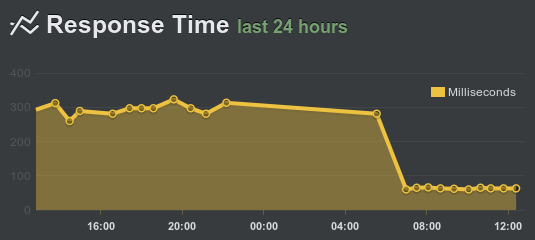 (photo by Ikiwaner)
(photo by Ikiwaner)Some regular visitors of the web site may be aware that the page used to run on Jogger.pl platform. Some will also be aware that the service closes shop, an act which forced me to move to another hosting.
In moving the page, I’ve tried to keep old URLs work so even though canonical locations for posts have changed, the old links should result in a correct redirect.
This is also true for feeds but while Jogger provided customisation options (RSS and Atom, excerpts only, no HTML and posts count), currently only full-content HTML Atom feeds limited to newest ten entries are provided.
If anything broke for you, please do let me know at mina86@mina86.com.
I have not yet figured out what to do with comments which is why commenting is currently unavailable. Since I want my whole page to be completely static, I’m planning on using a third-party widget. So far I’ve narrowed the choice down to HTML Comment Box and the new hotness, Spot.IM. Any suggestions are also welcome.
On the bright side, the page now loads five times faster! Jogger.pl took its sweet time when generating responses. A static page and better optimised infrastructure of my current provider allows to drop response time from 300 to 60 ms.